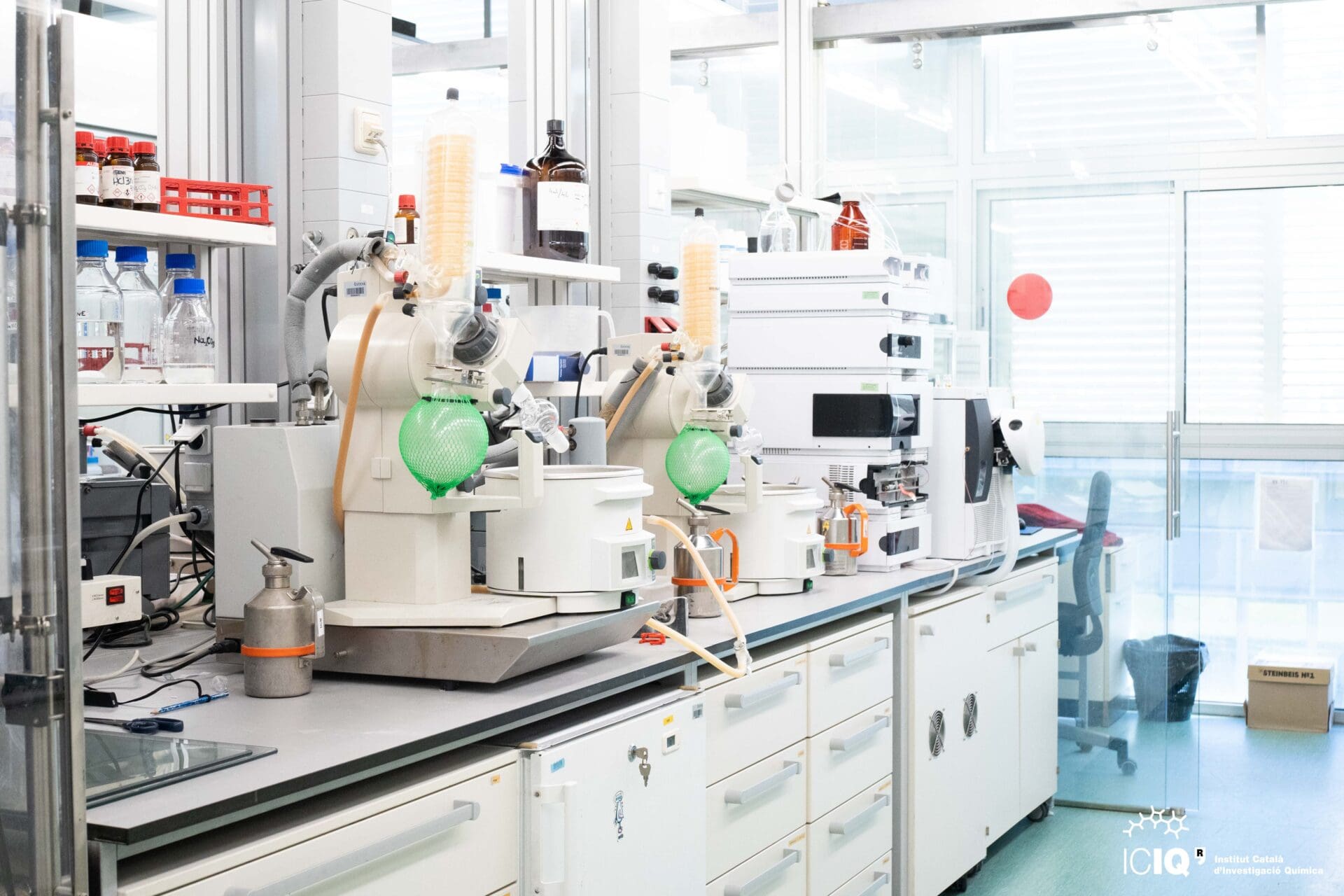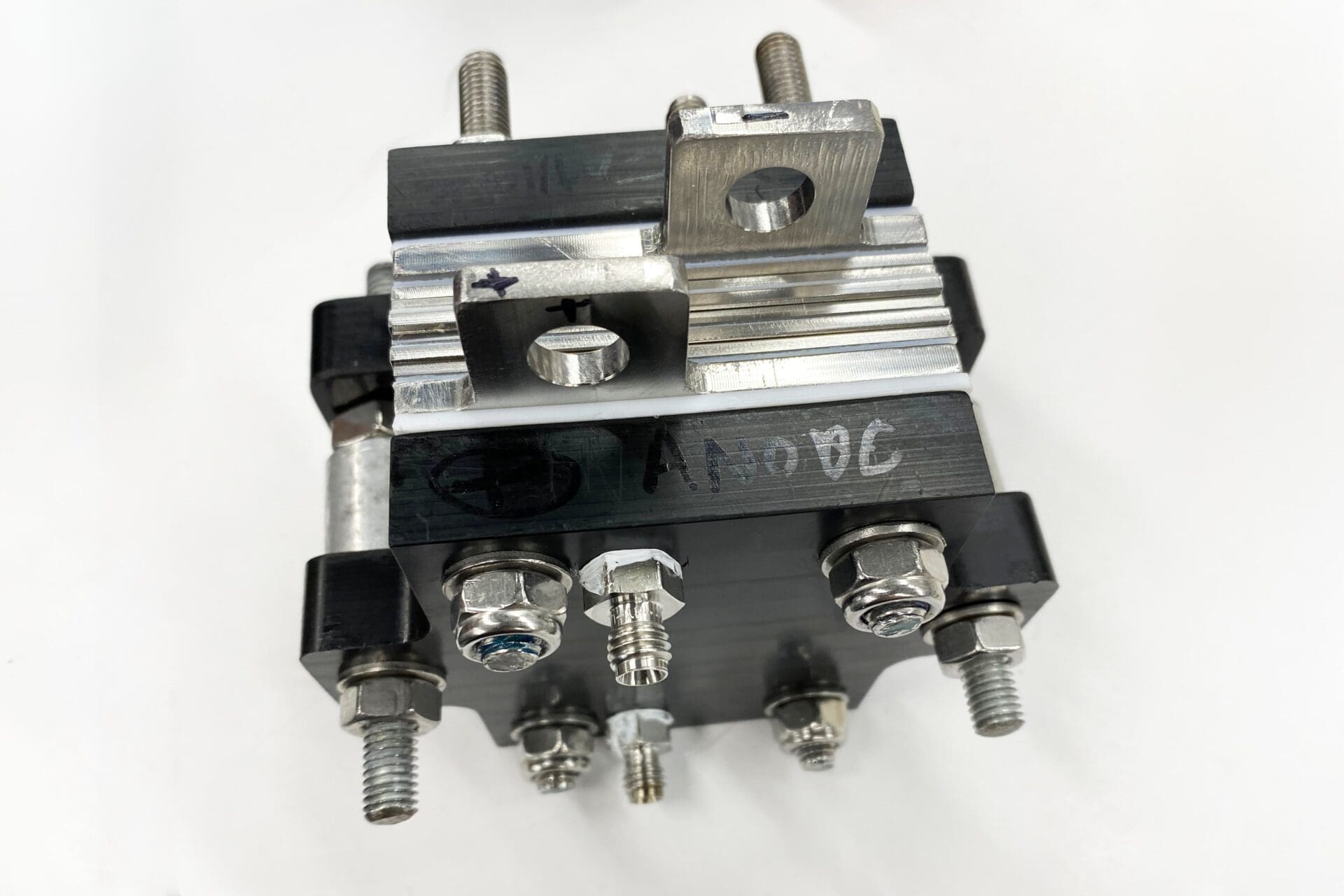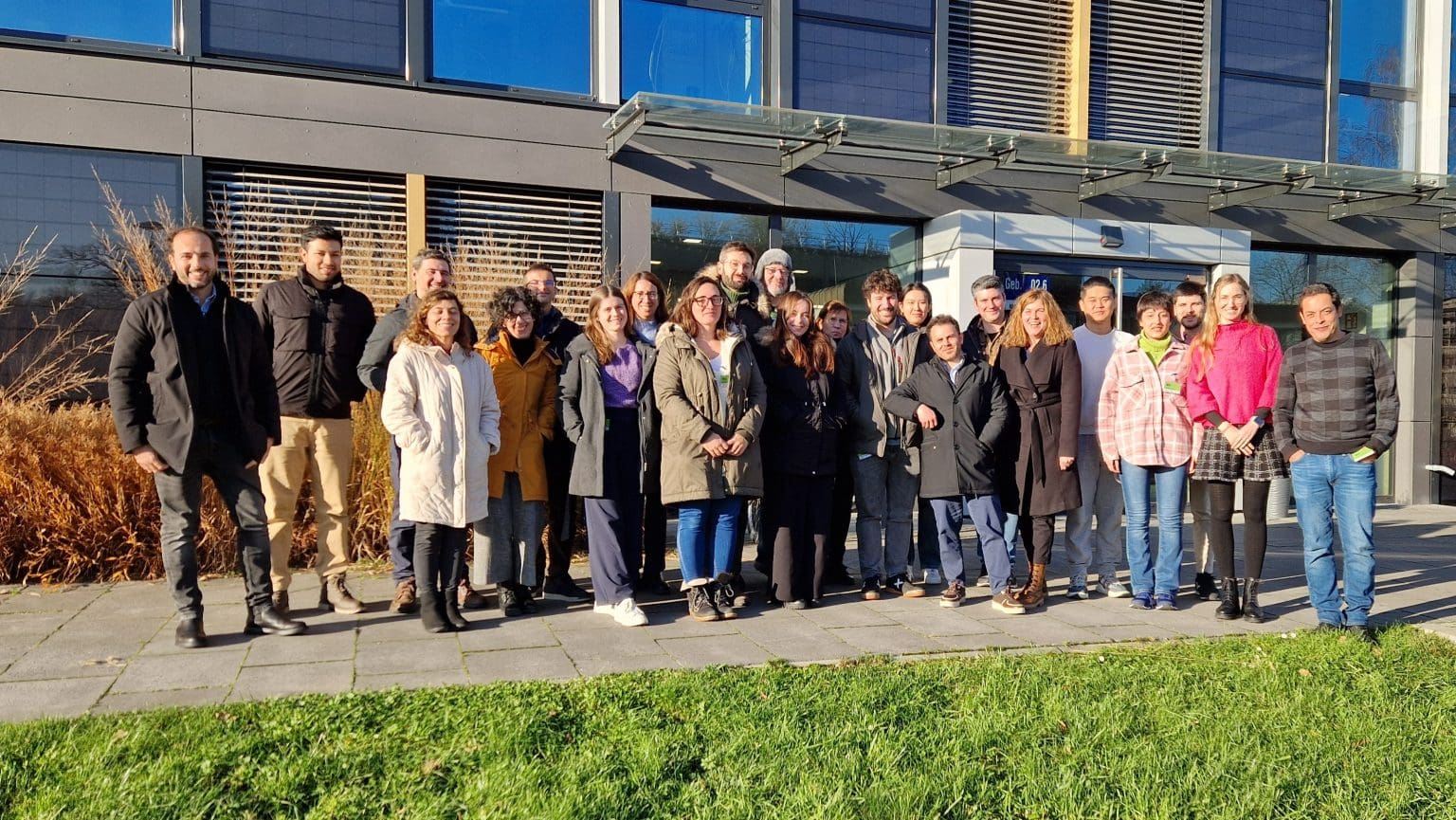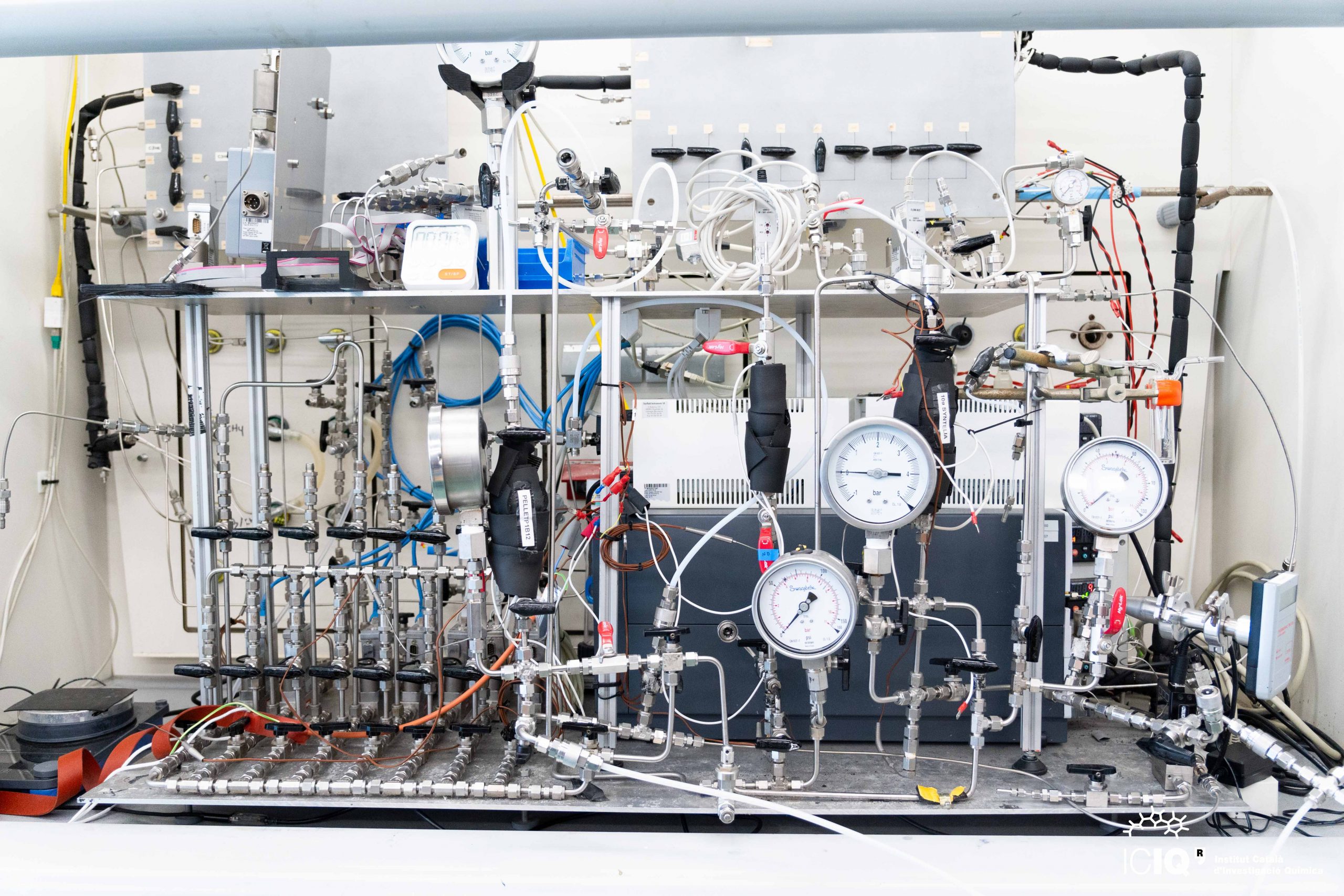A paper by Galán-Mascarós on the back cover of ChemElectroChem
20th January 2015 –  In the race for cost-effective electrocatalytic water oxidation, the most promising materials appear to be metal oxides, layered double hydroxides, Prussian-blue-type coordination polymers, and supported polyoxometalates. All exhibit advantages and disadvantages, depending on working conditions, for the development of a technically and economically efficient platform for artificial photosynthesis, as discussed by J. R. Galán-Mascarós in this review.
In the race for cost-effective electrocatalytic water oxidation, the most promising materials appear to be metal oxides, layered double hydroxides, Prussian-blue-type coordination polymers, and supported polyoxometalates. All exhibit advantages and disadvantages, depending on working conditions, for the development of a technically and economically efficient platform for artificial photosynthesis, as discussed by J. R. Galán-Mascarós in this review.
Water Oxidation at Electrodes Modified with Earth-Abundant Transition-Metal Catalysts
J. R. Galán-Mascarós
ChamElectroChem, 2015, 2, 37-50
Related news

Let's create a brighter future
Join our team to work with renowned researchers, tackle groundbreaking
projects and contribute to meaningful scientific advancements





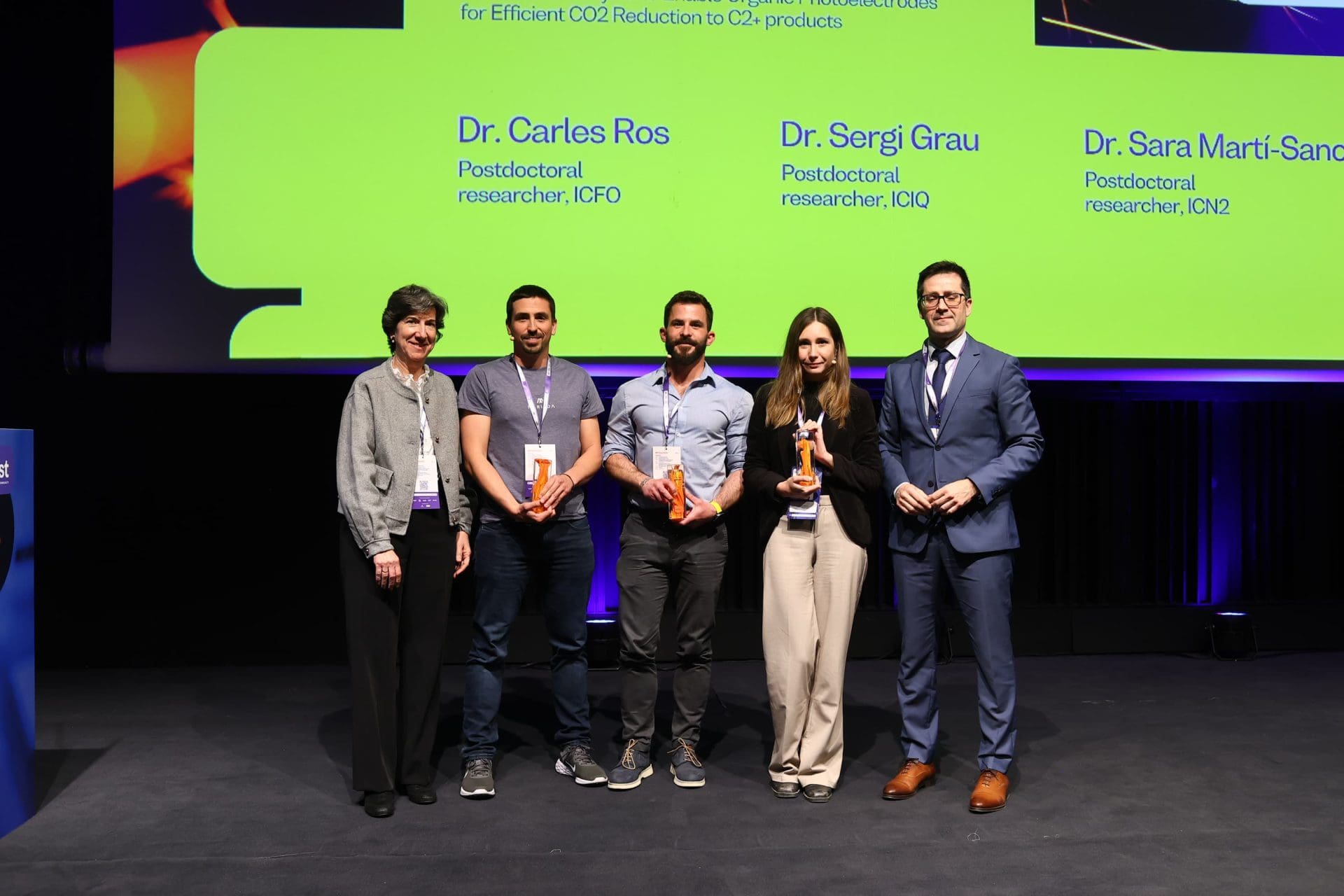
 21-02-2025
21-02-2025 
